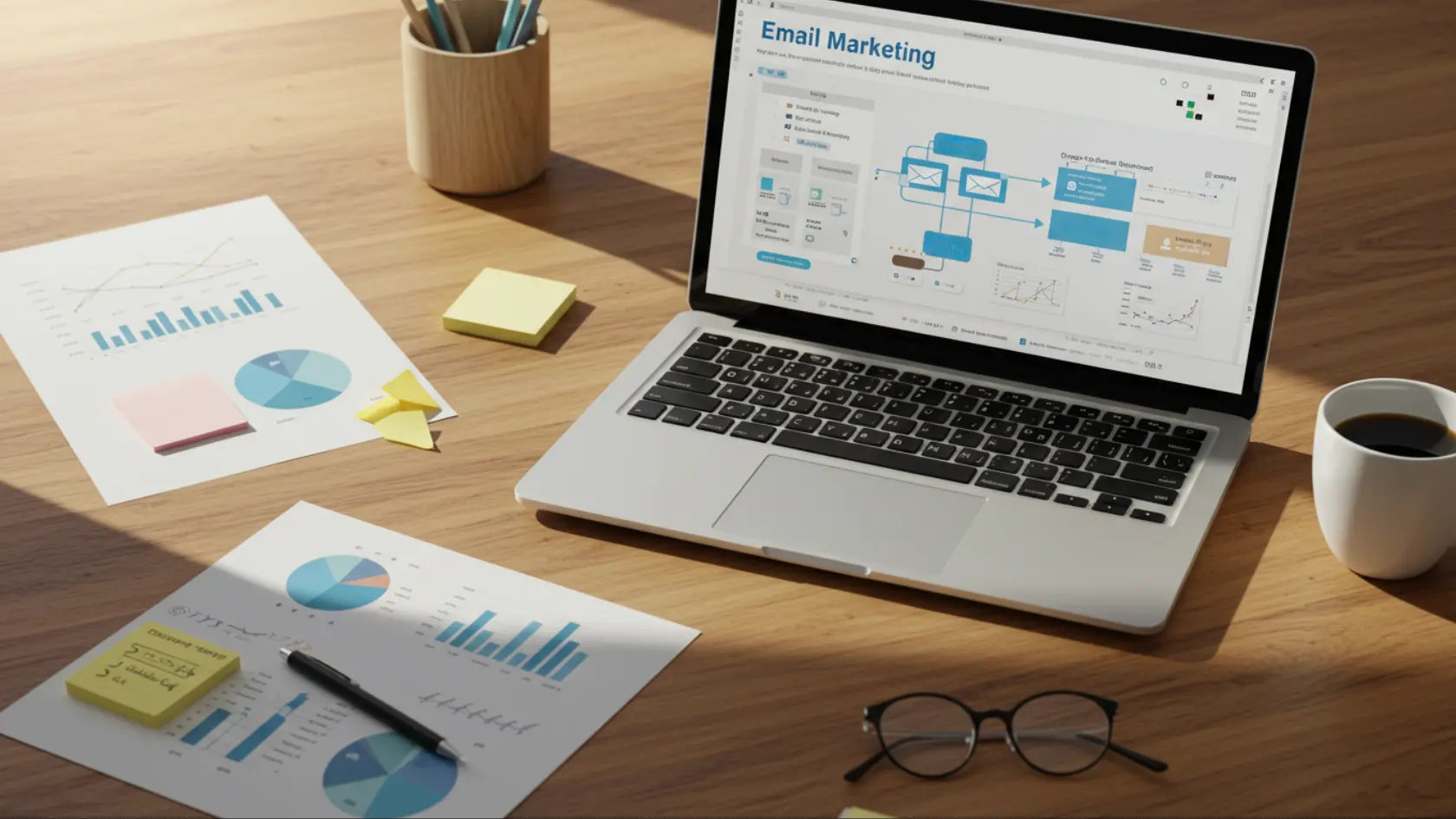Most email sequences are about as surprising as a vending machine: insert name, wait three days, receive pitch.
But you know what? It doesn’t have to be that way.
What’s Wrong With Most Email Workflows?
Let me paint a familiar picture.
You sign up for something—maybe a lead magnet, maybe a free trial. Within minutes, you get a chirpy welcome email. Then, like clockwork: a follow-up that reads like a sales page glued to a to-do list. Then another. And maybe one more after that, shouting “LAST CHANCE!” even though you barely knew there was a first chance.
It’s not just predictable—it’s tiring.
These workflows feel like they were built in a vacuum, with no sense of timing, personality, or (frankly) reality. They don’t feel like someone’s reaching out to you—they feel like someone’s checking off a box in a CRM.
So here’s the thing: the problem isn’t automation. It’s how we use it.
Let’s Rewrite the Rules—Think Like a Human
Imagine this: instead of a sequence, you’re having a conversation. Not a sales pitch. Not a demo script. A real, slightly imperfect, back-and-forth that reflects where someone is mentally, not just where they are in your funnel.
That’s how the smartest workflows work now.
They listen. They respond. They read the room.
Tools like ConvertKit, ActiveCampaign, and Customer.io are making this easier than ever. Behavioral triggers, custom fields, split paths—you’ve got the bones. Now it’s about building something that breathes.
Here’s where that starts.
Email Workflows That Actually Convert (Because They Actually Care)
Let’s break down the flows that work in 2025. Not because they’re clever—but because they don’t try too hard. They just make sense.
1. The “Warm Welcome, Not Warmed-Over” Series
Why it works: First impressions matter. But so does tone. A good welcome series sets the stage without assuming the sale.
Structure:
- Email 1: “Hey, glad you’re here.” Short, human, expectation-setting.
- Email 2: “Here’s something actually useful.” A resource, not a pitch.
- Email 3: “People like you liked this.” Social proof without the humblebrag.
Template Teaser:
Subject: Just dropping this in here
Body:
Hey [Name],
Saw you joined yesterday—wanted to send you our [resource/tool/list] that people usually dig early on. No fluff. No pitch. Just thought it might help.
Catch you soon,
[Your Name]
2. The “Broken Cart, Still Fixable” Recovery Flow
Why it works: Abandonment emails don’t need drama. They just need timing, clarity, and a pinch of personality.
Structure:
- Email 1: “Left something?”—sent within 1 hour
- Email 2: “Still thinking about it?”—sent after 24–48 hours
- Email 3: “Want me to hold it?”—a polite final poke
Tone Tip: Skip the guilt trip. Use lightness, humor, or clarity instead.
3. The “Why You Ghostin’ Me?” Re-engagement Sequence
Why it works: Because silence is data. If someone’s stopped opening, it’s not always a “no”—sometimes it’s a “not now.”
Structure:
- Email 1: “Still interested?”—asks plainly, no pressure
- Email 2: “We’ll stop bugging you”—makes it easy to unsubscribe (and weirdly increases replies)
- Email 3: Optional “one last thing” with unexpected value (free tool, weird case study, or offer)
4. The “Surprise, We’re Not Selling” Nurture Campaign
Why it works: Sometimes the best sales pitch is… not selling at all. Just sharing good stuff builds trust. Wild, right?
Structure:
- Weekly or biweekly useful tips
- Stories from your clients (real ones, not “once upon a SaaS”)
- Occasional soft asks (“Want help with this?”)
Casual language wins here. Think: “Hey, saw this and thought of you”—not “Here’s your weekly value injection.”
5. The “Deadline But Make It Subtle” Promo Countdown
Why it works: Scarcity works—but only when it feels real and relevant.
Structure:
- Email 1: “Early heads-up”—not pushy, just flagging
- Email 2: “Why this actually matters”—focus on outcomes, not discounts
- Email 3: “Hey… clock’s ticking” (but in your brand’s tone)
- Email 4: Optional last-minute nudge (morning of deadline)
Template tip: Use time zones and sending logic to avoid midnight “last chance” emails that hit someone’s inbox at 2AM.
Let’s Talk Templates—But Please, No Cringe
Templates are great. Until they sound like… templates.
The trick isn’t the structure—it’s the voice. Your brand voice. Your reader’s voice. The in-between where trust happens.
When you borrow a template (like the ones above), treat it like a framework, not a script. Swap phrases. Break sentences. Add that awkward little joke you’d normally say out loud but hesitate to write.
Because that? That’s what makes it land.
Data Is Your Compass—But Don’t Be Creepy
Yes, you should track open rates. Clicks. Replies. You know the drill.
But you should also watch behavior—the stuff that doesn’t show up in dashboards. Who forwarded your email? Who replied with a “thanks” even if they didn’t buy? Who clicked a weird link in a footer?
These micro-signals shape better segments than any demographic data ever could.
And please—for the love of inbox sanity—send your emails based on their local time, not yours. Nothing kills a mood like getting a pitch at 4:47 AM.
Wrapping It Up: Write Like You Care (Because You Do)
Here’s the secret most automation pros won’t admit: The workflows that work best? They feel like you wrote them this morning.
You didn’t, of course. But they feel that way.
They reference real problems. They respond to actual behavior. They talk like a person, not a platform. That’s what makes them convert.
So yes—steal these workflows. Use the templates. Borrow the bones. But breathe your voice into them.
Automation isn’t about tricking people into trusting you. It’s about earning that trust—one smart, slightly unexpected email at a time.

